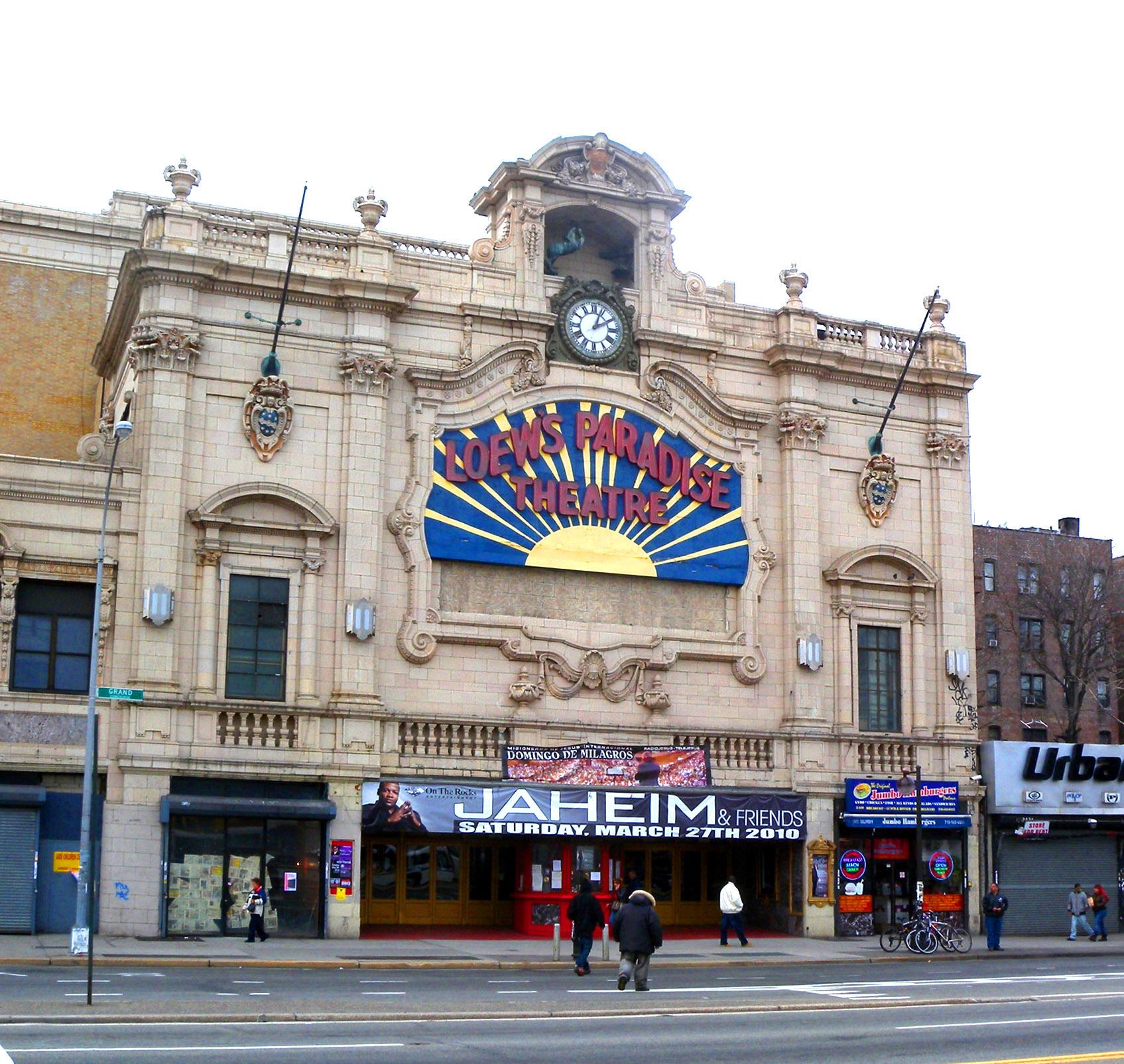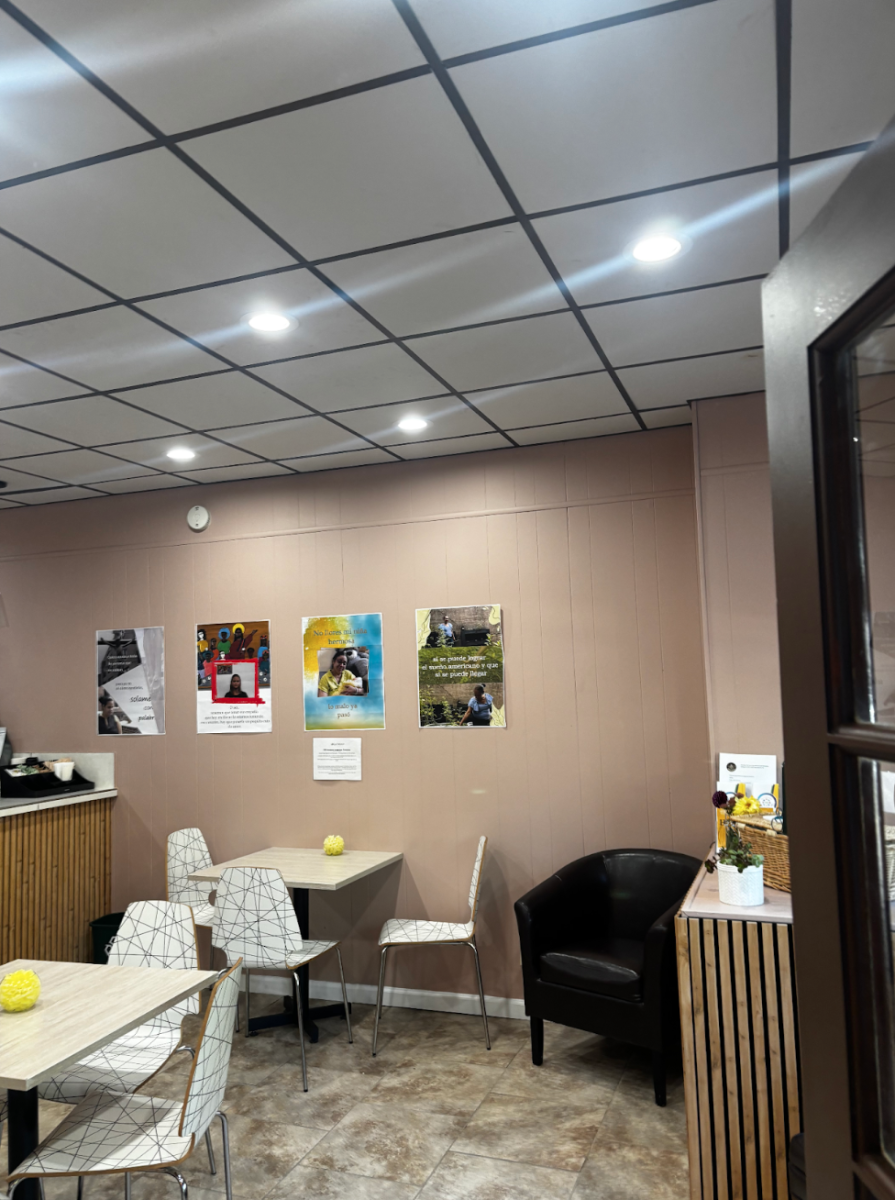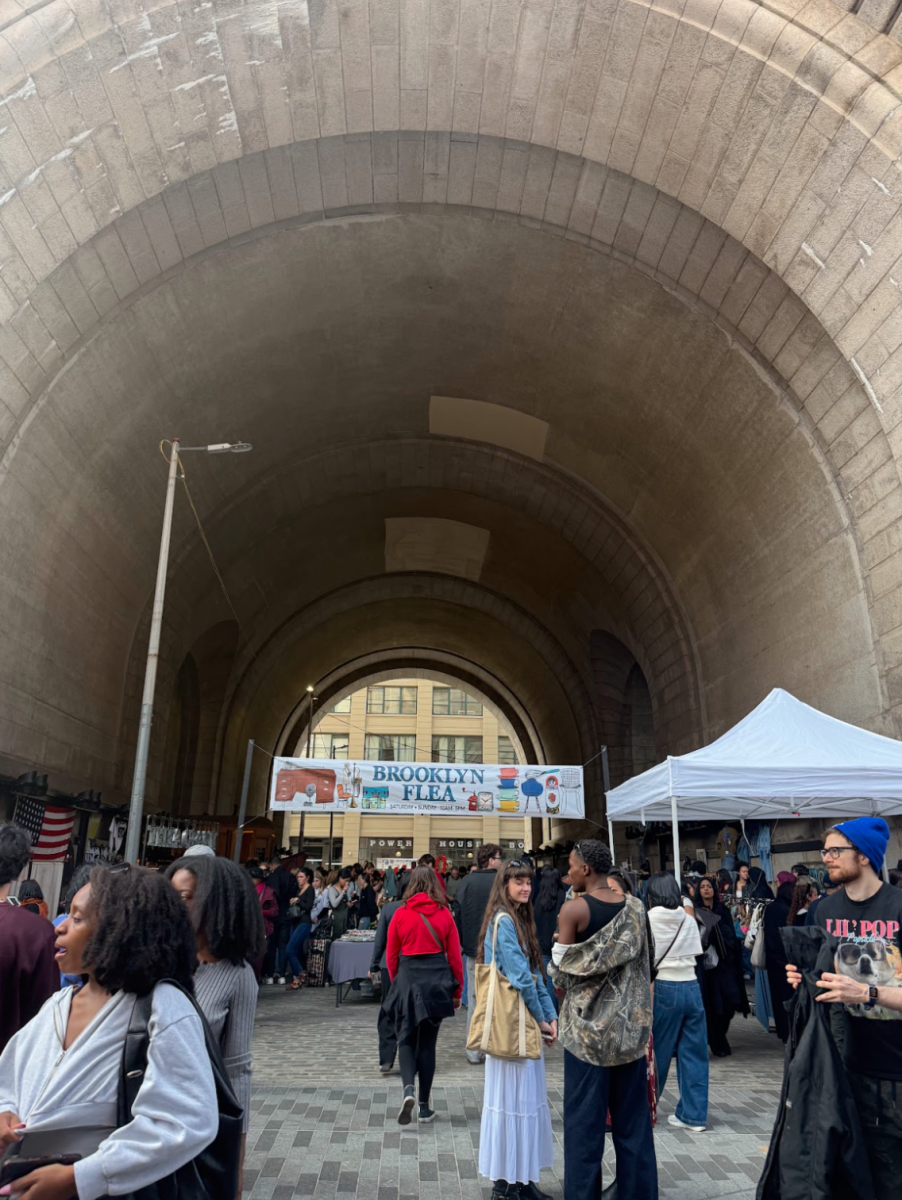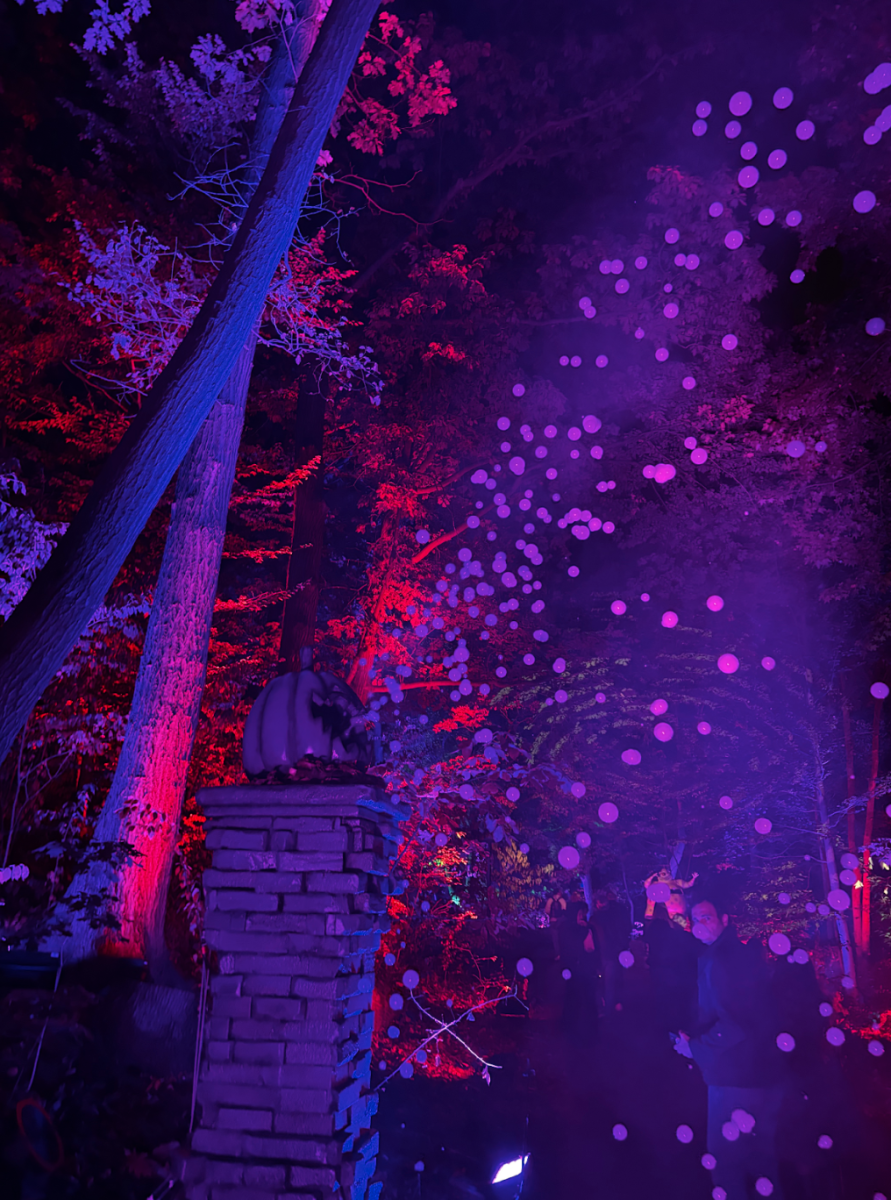By DEVON SHERIDAN
ASSISTANT CULTURE EDITOR

Four blocks from scenic Rose Hill, Fordham Road intersects with Grand Concourse in the northwest Bronx. Nowadays a hub of bustling shoppers and bargain store franchises, the Fordham Road and Grand Concourse intersection was once at the heart of a mostly residential, middle-class New York City neighborhood and a popular source of metropolitan culture and weekend entertainment for the families who called the Bronx home in the 1950s.
While the landscape surrounding Fordham has changed over the past decade, remnants of the not-so-distant past endure. Strolling through the neighborhoods outside our school’s gates, one will notice the insipid designs of brownstone housing projects, mixed in with the lingering remains of an architectural movement that led to the construction of unique, lively city buildings.
Two blocks south of Fordham Road stands Loew’s Paradise Theater, an impressive and enchanting reminder of playful Baroque-inspired metropolitan architecture.
Originally opened in 1929 for the purpose of screening films, Loew’s Paradise Theater has gone through a series of ownership changes, renovations, closings and re-openings since its inception. The theater’s decrepit history may also factor into its relatively-obscure reputation.
Until its most recent opening in 2006, Paradise Theater stood dormant for 12 years. A series of recent renovations, many of them aimed at restoring the theater’s original distinctive interior, has left the theater re-vamped and, in many ways, re-energized.
Designed by master theater architect John Eberson and completed in September of 1929, Loew’s Paradise Theater was once described as one of the five “wonder” theaters in the New York City area. Along with theaters in Brooklyn, Queens and New Jersey, the Loew’s theater chain sought to bring high-class entertainment to the boroughs and areas of New York, excluding Manhattan, by building grandiose “movie palaces.” Most popular in the early 20th century, movie palaces were known for atmospheric ceilings and extravagant architecture. Eberson constructed Paradise, like many of the 1,200 theaters he designed in his lifetime, with the lively beauty of the great outdoors in mind: The ceiling is painted blue, complete with fake clouds and trees adorning the walls. Consequently, moviegoers enjoyed films as if they were seated at an outdoor amphitheater, not in a cavernous hall cramped between hundreds of other buildings in the Bronx.
“My grandmother lived in the Bronx during her childhood,” Tom Perry, FCRH ‘15, said. “I haven’t been to the [Paradise] Theater yet, but she tells me she used to go there all the time. I guess that’s where all the cool kids would hang out.”
Over the years, the theater’s illustrious façade has faded, and its exterior has blended in with the nondescript buildings that surround it. Perhaps this has played a role in the theater’s relatively anonymous status on-campus. Or perhaps students are remiss to invest at a night in a rundown old theater situated in an area in which they have been told to keep their heads down and their phones in their pockets.
The unique beauty of Paradise Theater, however, lies with its interior. The grand lobby, gilded from its two-story ceiling down to its ornate pair of double-doors, is a tribute to Paris’ vaudevillian theaters of the 18th century. The dim lighting and fading paint combined with the regal wrought ironwork leaves one expecting a sudden fight to break out between the pirate from the Captain Morgan commercials and the original cast of Oscar Wilde’s The Importance of Being Earnest.
Up the stairs, past the grand foyer on the second level and out onto the balcony, the neutral eye immediately notices two things. The sheer size of the auditorium is almost breathtaking.
“It seems like you’re a million miles away,” Oliver Sim, The xx bassist and co-vocalist, said to the fans on the orchestra balcony three Friday nights ago.
Here, Eberson’s vision of an illusory indoor sky-ceiling turns from laughable into, “Wow, that looks pretty cool.” The illusion is also deceivingly realistic. When I showed a picture of the auditorium to a friend, she remarked, “Wait, I didn’t know the show was outside.”
Unfortunately, the trees that once lined the walls have long since been banished from the interior, but a certain a residual effect remains; if it is not as convincing as it used to be, it is still a playful and rare aesthetic.
Perhaps more noticeable than the ceiling is the 30-foot-tall golden parapet that lines the wall of the auditorium. Complete with imitation Roman-god style statues, which stand atop the parapet as if guarding the audience, this decorative second wall (separate from the wall adjoined to the ceiling) turns the auditorium into a room incredibly detached from reality. Instead, the architecture aims to send its viewers back to Venice in the days of Mozart and Beethoven, with a little touch of Disney magic on the side.
In the past year, Loew’s Paradise Theater has played host to an array of shows typically relegated to venues such as Terminal 5 and Bowery Ballroom in Manhattan or Williamsburg Hall in Brooklyn. On Sept. 18, a day after releasing their new album Battle Born, The Killers came to Grand Concourse Road, playing the first rock show at the venue since its 2006 reopening.
Last month, the popular emo-funk trio The xx promoted their new album, Coexist. What was supposed to be a two-night stint at Paradise was unfortunately relegated to a single performance, when the Sunday show was canceled due to complications caused by Hurricane Sandy. The night before The xx show, quasi-R&B breakout artist The Weeknd took to the stage bringing his sou’ful tunes along with him.
Scarcer than optimal, but validated in terms of quality and diversity, the recent lineup of shows at Loew’s Paradise Theater gives students seeking musical entertainment something to cheer about.
So, go to a show and support local Bronx culture and the efforts being made by individuals to keep the area an important part of the New York entertainment scene, won’t you?









































































































































































































